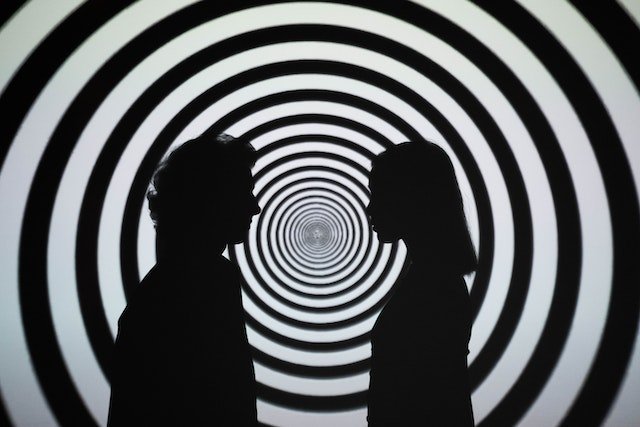What is EMDR
Therapy?
EMDR therapy can be helpful for someone with ADHD in various situations, particularly if they are also experiencing emotional difficulties such as anxiety, depression, or trauma. Some specific moments or situations where EMDR therapy may be beneficial for someone with ADHD include:
Addressing past trauma
Improving emotional regulation
Reducing anxiety and stress
Addressing negative self-talk
How does
EMDR work?
Overall, EMDR therapy is a structured, evidence-based approach that aims to help individuals process traumatic experiences and reduce their emotional and physical distress.
Following a moving light or object with the eyes is one of the methods used in EMDR therapy to facilitate the processing of traumatic memories. This method, known as bilateral stimulation, involves stimulating both sides of the brain through alternating sensory input. It is thought to promote communication between the brain's two hemispheres, allowing the individual to process traumatic memories and emotions more effectively.
How to use this “e-EMDR” Tool
Full disclosure, EMDR Therapy is more effective with a therapist. This tool IS NOT meant to treat trauma or mental illness. This tool is meant to reduce stress and anxiety by utilizing bilateral stimulation as a type of meditation and mindfulness practice similar to meditation.
*It's important to note that while these techniques may be helpful in managing symptoms of anxiety or stress, they are not a substitute for professional mental health treatment. Suppose you are experiencing symptoms of trauma or other emotional difficulties. In that case, it is recommended to seek the help of a qualified mental health professional who can provide appropriate treatment and support.
Directions: To use this tool to reduce anxiety and stress, follow the steps below:
Scroll down to the next section.
Press the “Start” button. You’ll notice the square begin to move from left to right.
Follow the square with your eyes.
To decrease the speed of the moving square, press the “ Slow Down” button.
To increase the speed of the square, press the “ Slow Down” button.
To stop the square from moving left to right, press the “Pause” button.
To restart the animation from the default speed, press the “Reset” button and then press “ Start” again.
Use the tool until the tension in the body is released or until the mind becomes relaxed.
Use this free EMDR tool whenever you feel stressed or overwhelmed. *It’s best to use the free e-EMDR tool on a device with a large screen ( Desktop computer, laptop, tablet, or anything with a wide horizontal view). Turning your phone sideways can work if that’s all you have available.
Tips to enhance the e-EMDR experience.
Sit in a relaxed position in a comfortable environment.
Be mindful of your breathing by taking deep breaths, which expand the navel area on your belly.
If you feel uncomfortable or disoriented at any time, STOP!
If you have epilepsy or seizures, DO NOT USE THIS TOOL!
Use classical music or binaural beats with headphones to enhance mindfulness. Brain.fm is an excellent source for clinically designed, binaural brainwave music. To try brain.fm for $1, click here!
The most informative podcast about adult ADHD.
The podcast Attention Please on Spotify contains 43,500 seconds, that's 720 minutes or over 12 hours of free content full of information about you and adult ADHD. It is the most informative podcast about adult ADHD on most podcast platforms.




